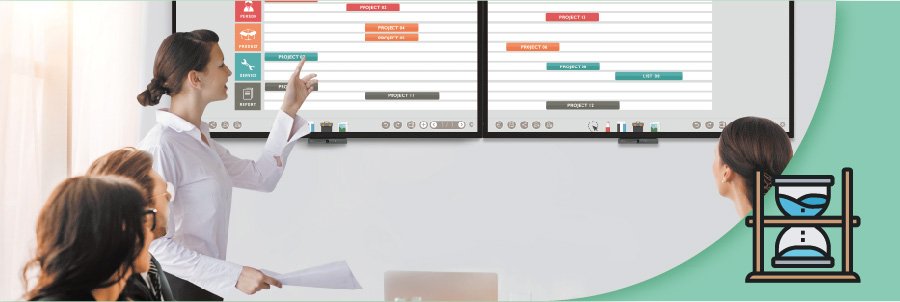There are many ways to manage a large team.
Traditional theory divides operational conventions in business organization management into six systems: production, marketing, development, technology, HR, and finance. Each of these has its basic procedure and mode. In practice, there’s often the “foolproof” rule of management responding to organizational dilemmas that appear in different times and places, such as the noted Peter Principle, the 80/20 Rule, Pyramid Upside Down, Catfish Effect, Ant Effect, and others. What these various theories and rules explore, regardless of their origins or eras, is “the thinking of organizational efficiency”. After summarizing different collective behaviors, they offer managerial methods to solve problems, aiming to push teams to advance and enterprises to maintain success.
After the information revolution of recent decades, the entirety of the economy and society has welcomed an era of rapid change. Emerging technology enterprises (including many large companies with tens of thousands of employees or more) create new managerial thinking that belongs to a new generation by virtue of their passion and creativity. They provide in-depth and interesting demonstrations which vary from previous practices and may be applied in traditional business. Among them, the most mature and unique is “improving organizational efficiency by adapting workspaces”.















